

Marley Spoon
How Marley Spoon raises the bar on food quality and customer satisfaction by using insights from SafetyCulture (formerly iAuditor) at every step of the meal delivery supply chain.

From the Sydney Opera House to the Australian War Memorial, Trippas White Group creates memorable dining experiences at some of Australia’s most iconic locations. Here’s how they operate with the SafetyCulture platform.
17 x monthly increase in hazards and near-misses reported using Issues
$35k monthly saved in stock loss using Sensors
$7,200 saved daily using Training

Step behind the scenes of some of Australia’s most iconic locations and you’ll find Trippas White Group at the helm. TWG is one of the largest hospitality service groups in the country, responsible for plating up at venues like the Sydney Opera House, Taronga Zoo, National Gallery of Australia, and Australian War Memorial. The company’s star-studded food and beverage portfolio means it’s got a big job to do, creating high-quality experiences for its patrons.
With 150 TWG venues nationwide, thousands of team members are spread across diverse venues – from Sydney landmarks to education, airline, and healthcare sectors. Managing such a complex network and iconic venues requires seamless communication and collaboration across all aspects of the business, whether in the bustling commercial kitchen or on the polished restaurant floor.
And that’s where the SafetyCulture platform comes in. We chat with Steven Jones, TWG’s Group Compliance Manager, about how the company uses SafetyCulture to maintain its award-winning standards and achieve better ways of working across its many venues.
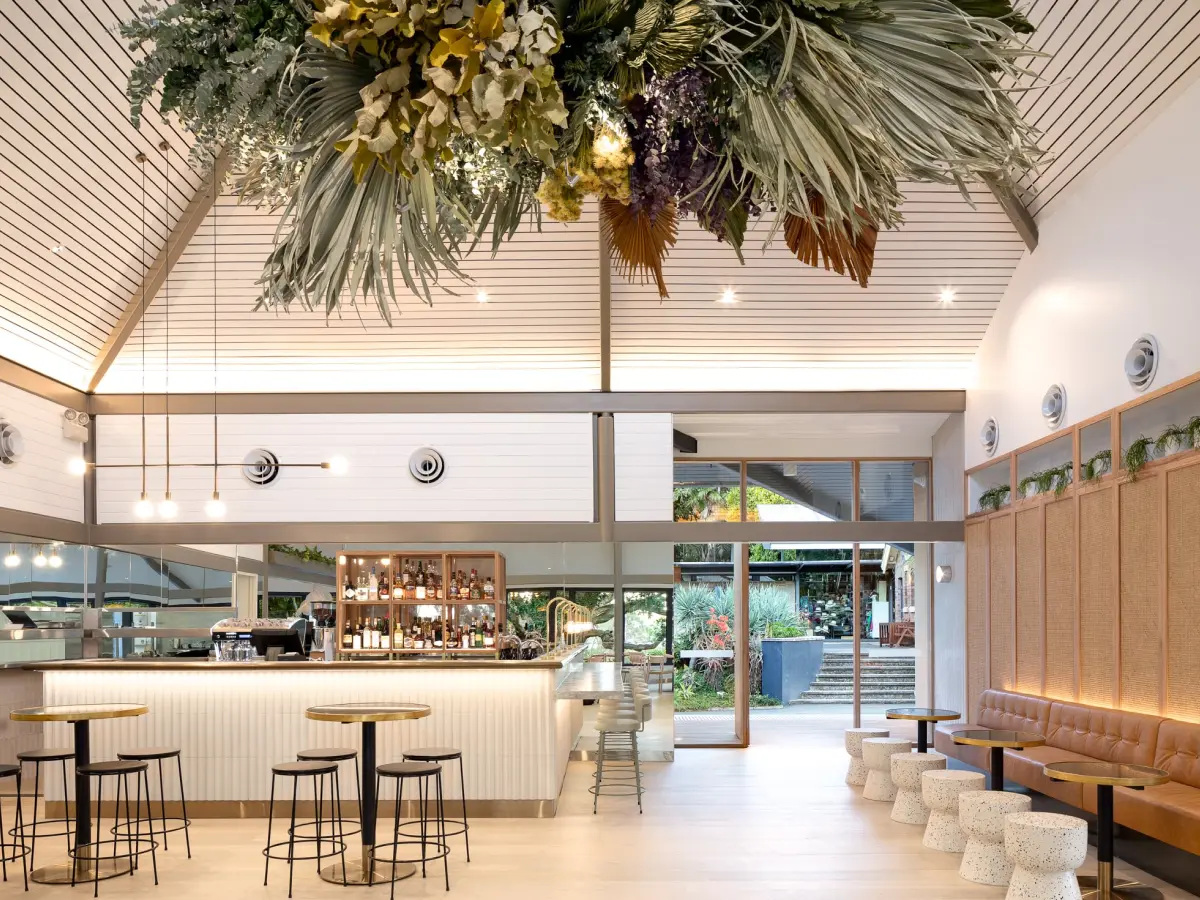
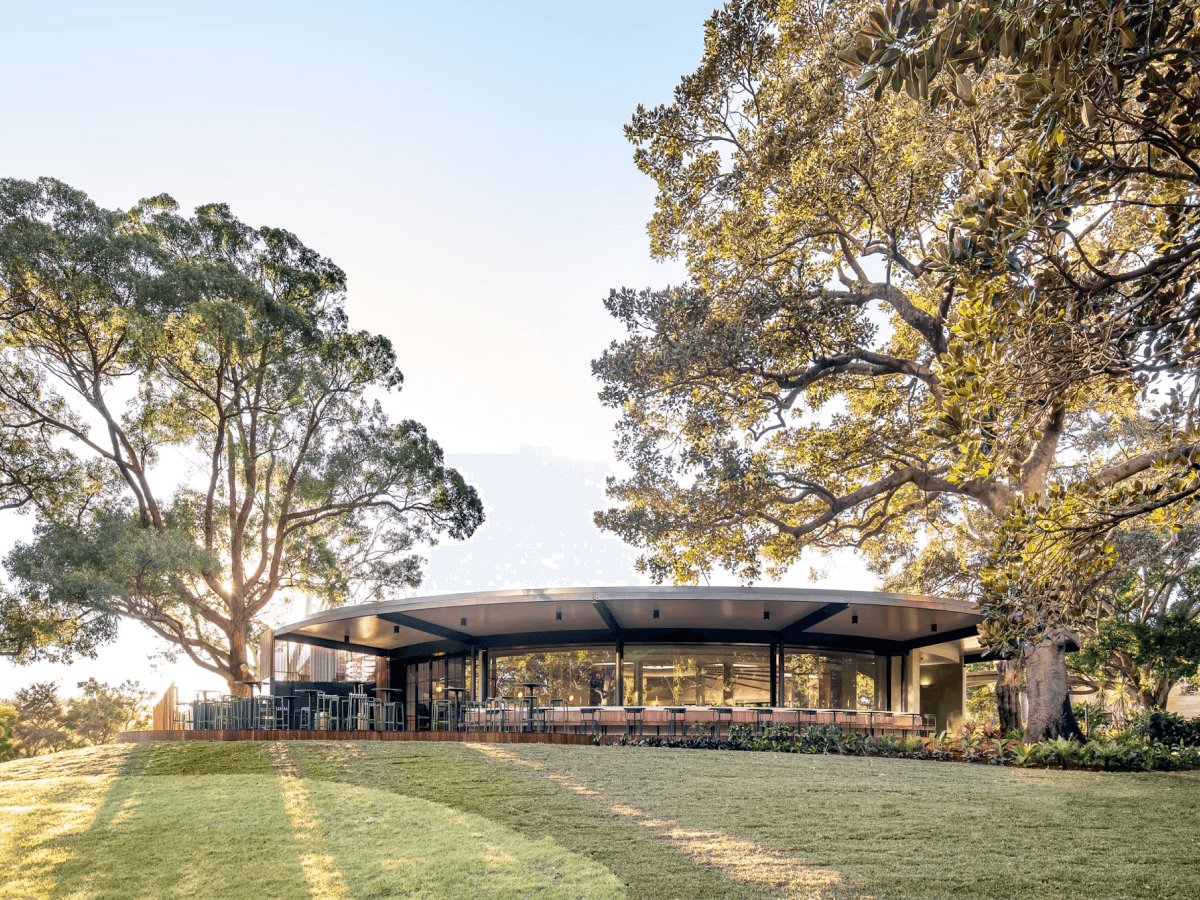






Following an acquisition that doubled its portfolio overnight, TWG found itself in a period of rapid growth. Workloads increased significantly and demanded a substantial expansion in its procurement processes. At the time, TWG was running its operations manually – its compliance efforts were decentralized and entirely paper-based. To give you an idea, its food safety management plan involved printing out a 175-point checklist, manually filling it out, scanning it, and storing it on a server. That’s a lot of paper – and a lot of boxes to tick!
With the introduction of SafetyCulture, TWG shifted to a more efficient system. Gone were the days of laborious, mile-long paperwork. Instead, the group used just 22 Inspections templates across its entire portfolio, cleverly and easily set up by Steven to occur on a set Inspections schedule with recurring diary reminders to keep operations on track.
They did monthly and quarterly audits to adhere to their Food Safety Management plan, annual HACCP inspections, enhanced Compliance Site checks and WHS checklist – everything ticks along on schedule. “Now we can start audits at the beginning of the month and complete them incrementally, rather than in one go,” Steven explains. “This flexibility is much easier compared to the old paper-based system, where mistakes meant starting over.”
Operations managers also benefit from improved visibility into site activities. They can see audits being completed in real-time and track response times for any Actions raised from Inspections. “We’ve seamlessly integrated it into our workflows for occupational health and safety reporting, food safety management, incident reporting, and cleaning processes,” Steven says.
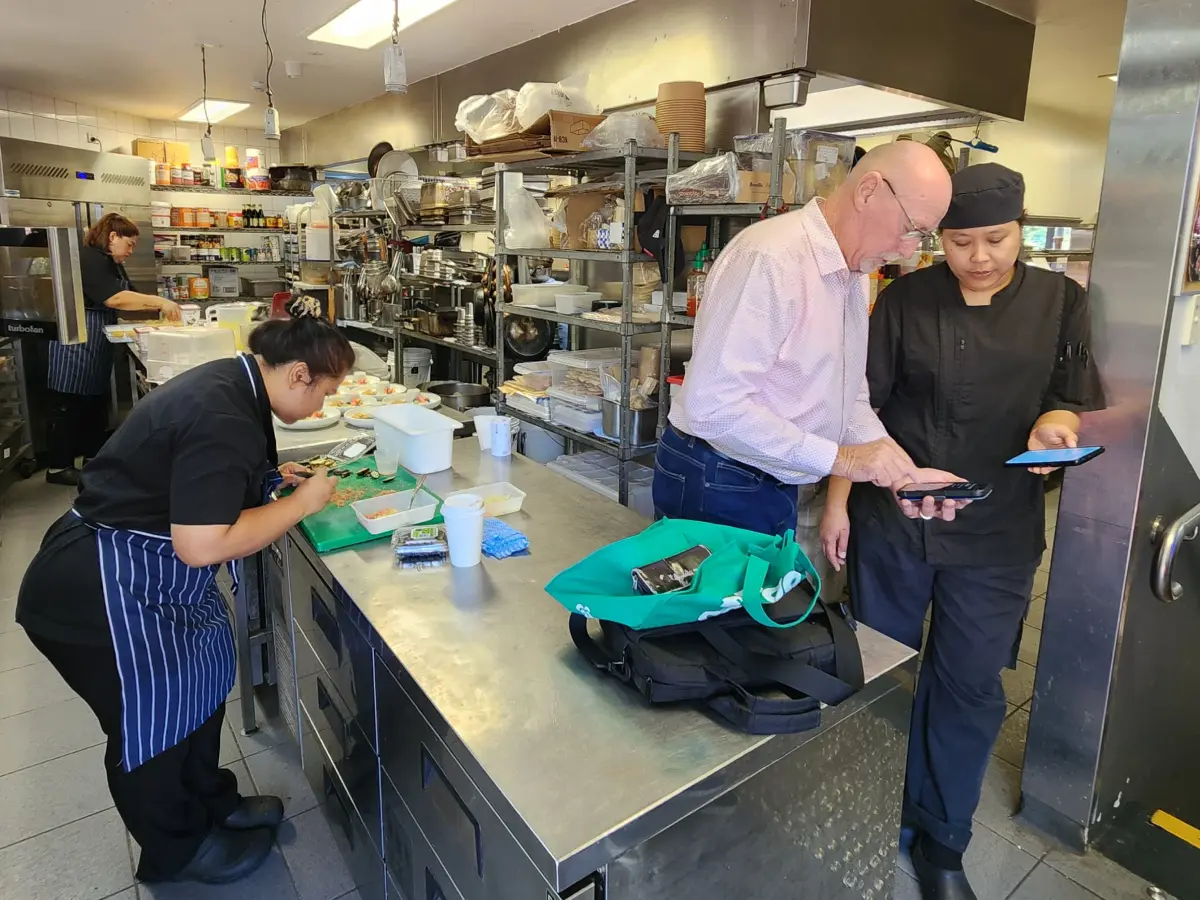
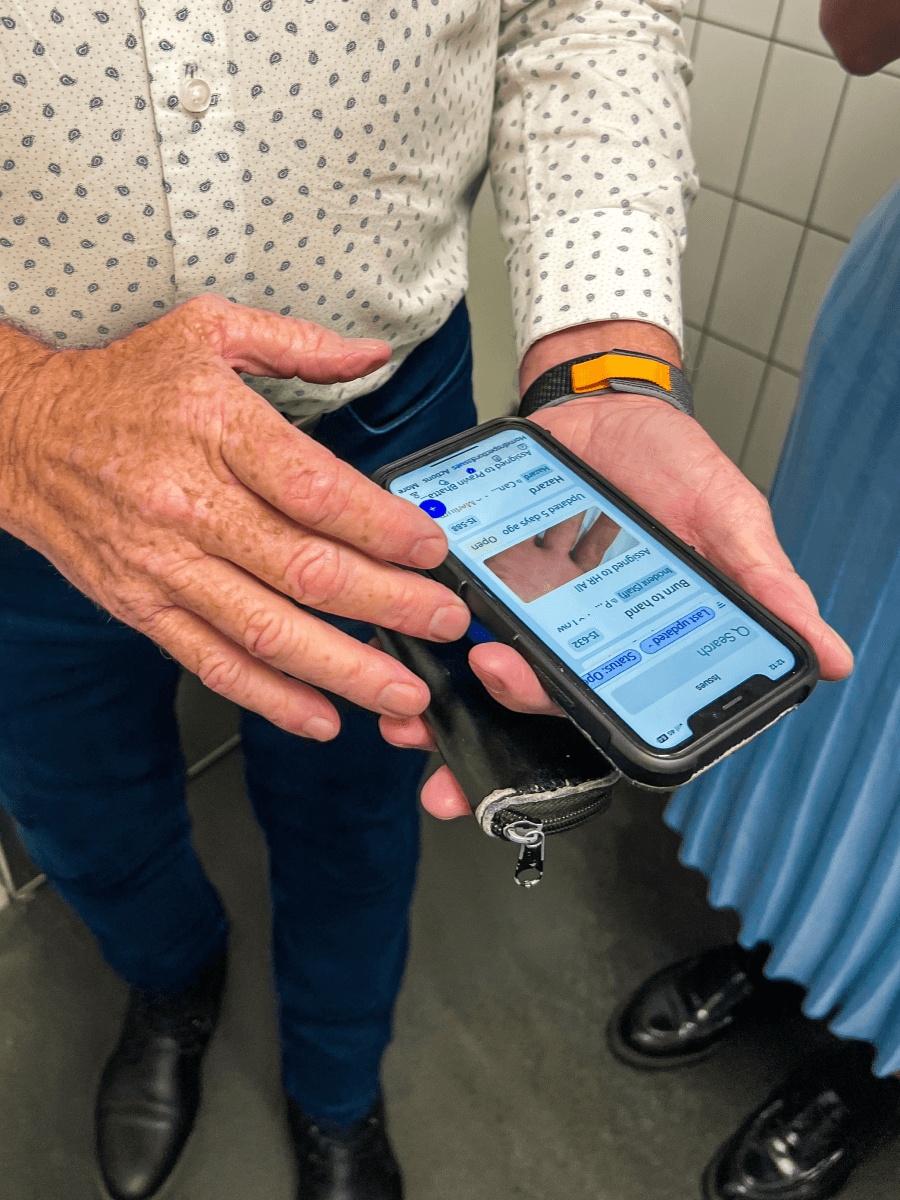
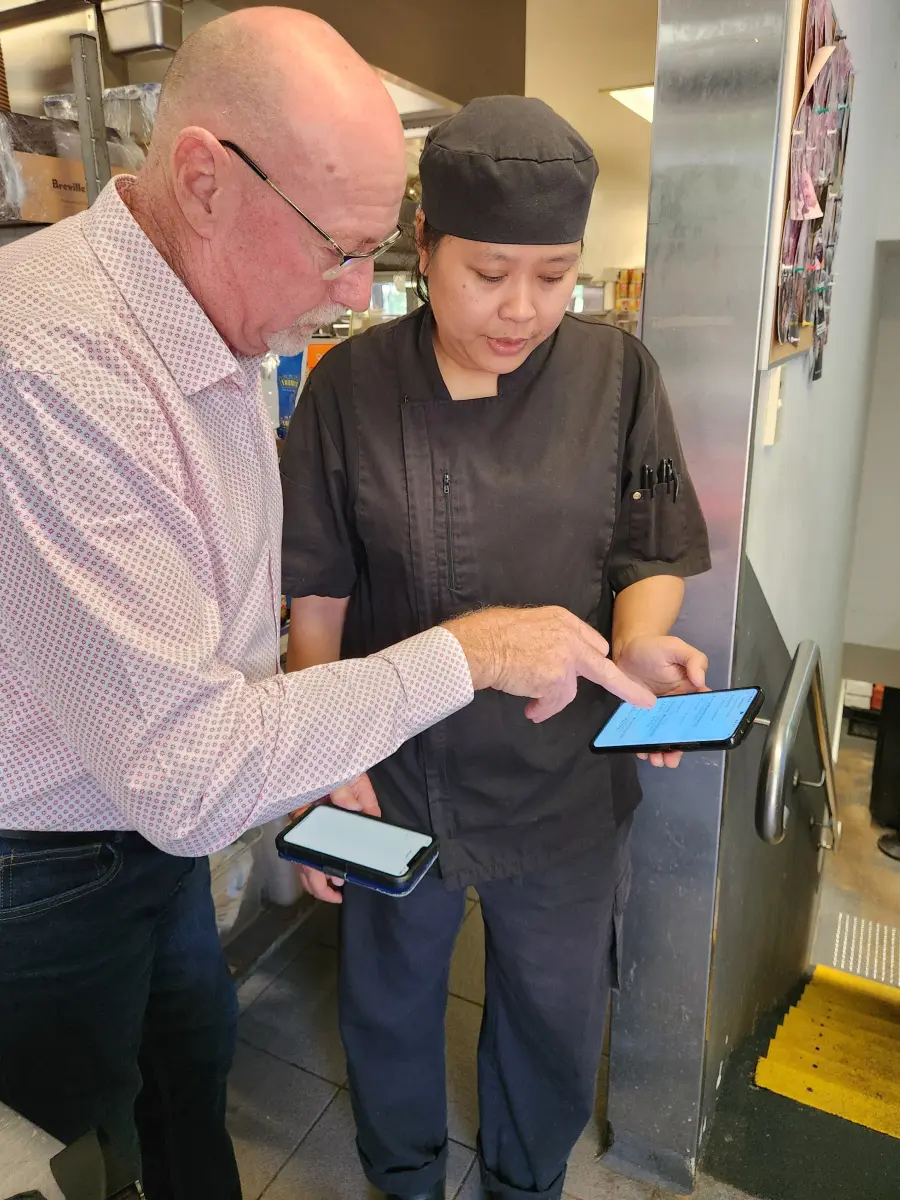



“SafetyCulture has optimized and made our operations much more effective, particularly in terms of reporting and compliance.”
Embedding a new platform or process within an organization is no small feat. But for Steven, it’s simply a day’s work. As Group Compliance Manager, he’s responsible for the rollout of the SafetyCulture platform.
Getting under the hood of any platform takes time – and time is a scarce resource in hospitality. So how’d he do it? Steven explains it best. “To be blunt, it’s very easy to use,” he says. Onboarding in the platform was a breeze thanks to SafetyCulture’s intuitive nature, where a simple click guides users through tasks, such as initiating Inspections.
To help the uptake along, Steven got proactive. He began weekly training sessions to onboard teams to the platform, complete with presentations, bite-sized training courses and Q&A time. He wanted to demystify the platform’s features and how it could help day-to-day workflows. Now, the whole company is reaping the benefits.
“The simplicity of the platform encouraged widespread adoption among our staff and feedback has been overwhelmingly positive,” Steve says. “They appreciate the ease of conducting audits, the ability to track progress in real-time, and the immediate notification of incidents.”






“Within the company, there are 286 users and 3,000 people doing training. I manage it very easily myself. This platform is designed to be easy – it’s self-managing.”
When your teams are distributed across 135 sites, communication is mission-critical. Previously, TWG’s daily scrum meetings were reaching three out of 10 employees. Now, the company gets its message across with Heads Up, a tool that allows you to send quick-fire, rich media messages to your teams, no matter where they are.
It’s highly flexible, and keeps everyone accountable – send it to specific individuals, groups, or a combination of both. “We could send an update to just Chef Managers,” explains Steven. “Or if we wanted to send it to executives and HR, we’ll select those two groups. And I’m doing this all from my desktop. No phone calls or face-to-face meetings needed. I can see who’s watched it, who’s acknowledged it, and for anyone who hasn’t, I send an email to them.” Gone are the days of being ‘left on read’.
TWG is also using Heads Up to facilitate monthly toolbox talks and to broadcast critical safety alerts, ensuring that critical information is communicated effectively across the organization. But communication isn’t just a one-way street. The comments section allows two-way feedback and engagement from staff, so everyone gets to voice their opinions and ideas back to management. Steven even uses it to survey people who have attended his training sessions to identify areas for improvement!


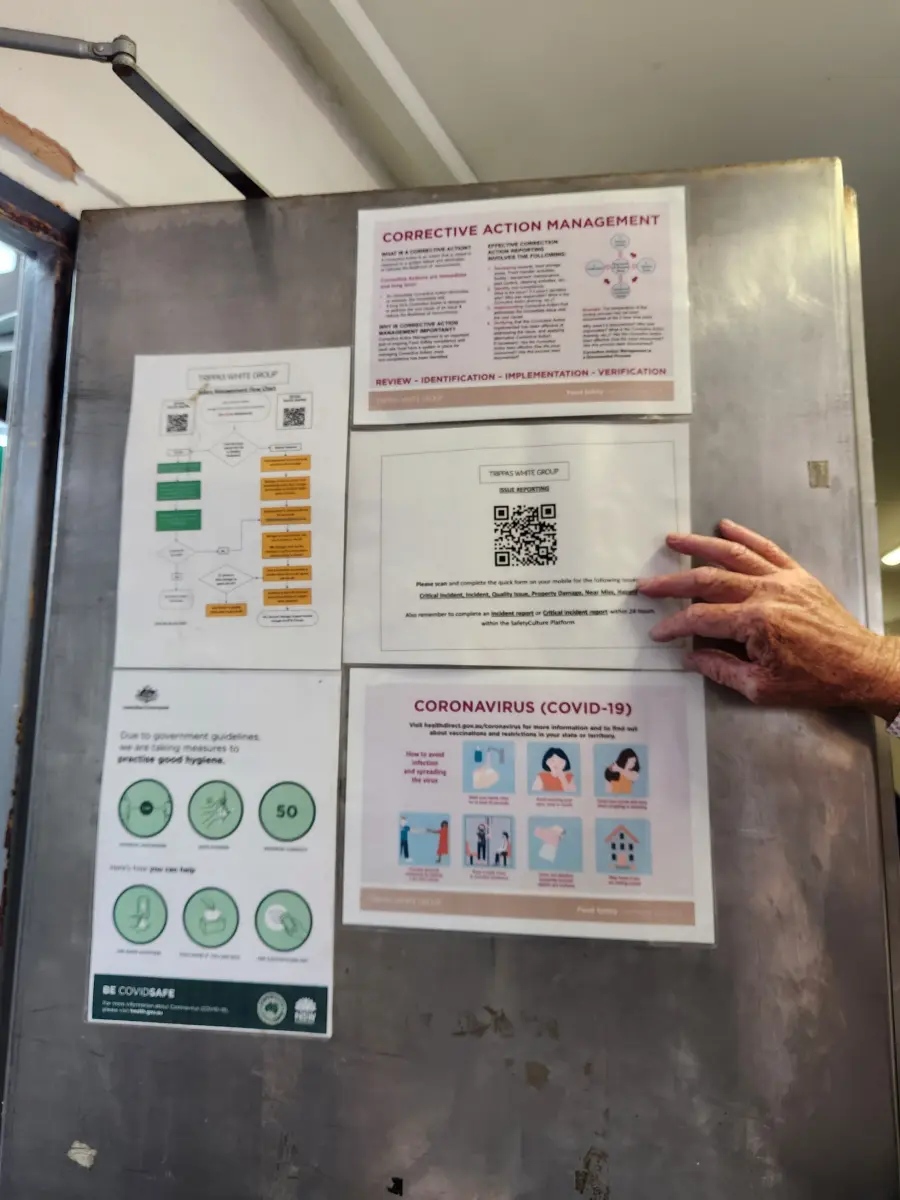



The reality is that incidents can still happen – even with solid systems in place. Prompt action is key to staying one step ahead, particularly when navigating high-risk areas, such as food safety, personnel safety, and quality assurance.
It’s not just upper management that’s responsible for keeping things in check. QR codes empower TWG frontline workers to be the eyes and ears on the ground. Strategically placed on noticeboards, chairs, and vehicles, anyone with a mobile device could scan these codes to report an issue. It was quicker than ever to log Issues in real-time. And more importantly, it significantly reduced the lag time in resolving them.
“Now, you’re not wondering where the forms are. Injury flow management charts, critical incident management charts, emergency incident management charts – it’s all in the SafetyCulture platform,” Steven explains. “You scan the QR code, fill out a report and it’s automatically sent to the right level of management.”
Previously, injuries and incidents would take days before the right people were notified – now it takes minutes. Managers deal with incidents on the spot. And escalation procedures couldn’t be smoother. Insured by SafetyCulture Care, TWG’s incident reports can trigger an automatic workers compensation claim investigation within 48 hours.
Thanks to Issues, TWG has made under-reporting a thing of the past. Before SafetyCulture, they were flagging around two issues a month – Last year, 422 issues were reported across 11 categories, including reporting injuries, critical incidents, near misses, hazards, and property damage. That’s a 17-fold increase in Issues reported a month. This has allowed the business to take swift action and close the loop – all within the SafetyCulture platform.
The slightest variance in temperature can mean the difference between a meal that’s safe to serve and one that ends up in the bin. Food storage regulations are stringent – and for good reason. Deploying Sensors has revolutionized TWG’s processes, introducing absolute precision when overseeing these critical temperature controls.
TWG uses 42 fridge and freezer sensors across its four major locations in Sydney. The Opera House, Centrepoint Towers, Botanic Gardens, and Terrace on the Domain all benefit from real-time monitoring and visibility. Team members get live updates every five minutes. And if temperatures go out of range, they’re automatically alerted with customizable escalation protocols – an immediate alert, an hourly alert to the team, and a two-hourly alert to their manager or maintenance department.
Tej, a member of the team, recently experienced the benefits firsthand when a sensor detected unusual temperature spikes in a prep fridge at the Centrepoint Tower production kitchen. Armed with this early warning, Tej was able to schedule maintenance during planned downtime, preventing a potential breakdown and saving over $20,000 worth of stock. Note that this stock-loss prevention was just from one incident of a detected temperature spike! On average, TWG was saving $35k in stock loss per month.
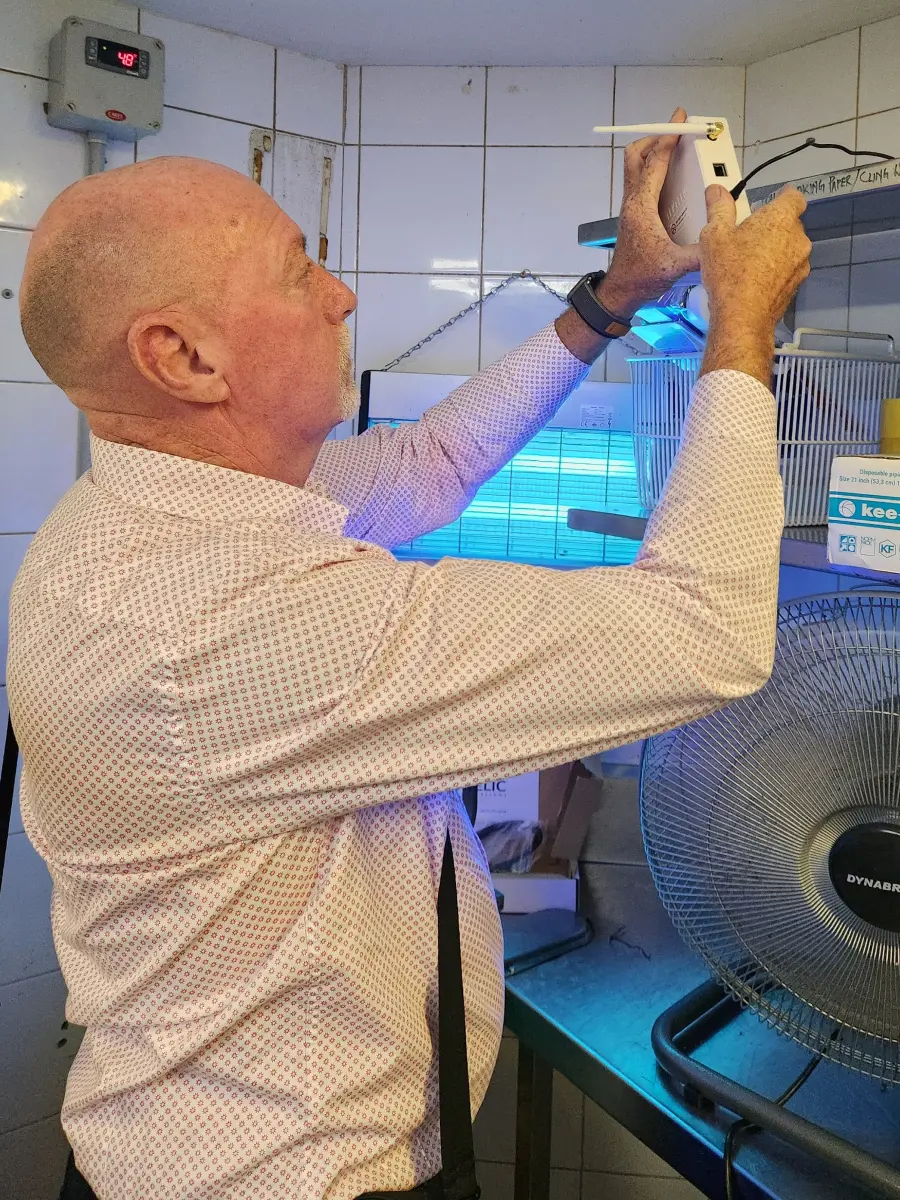
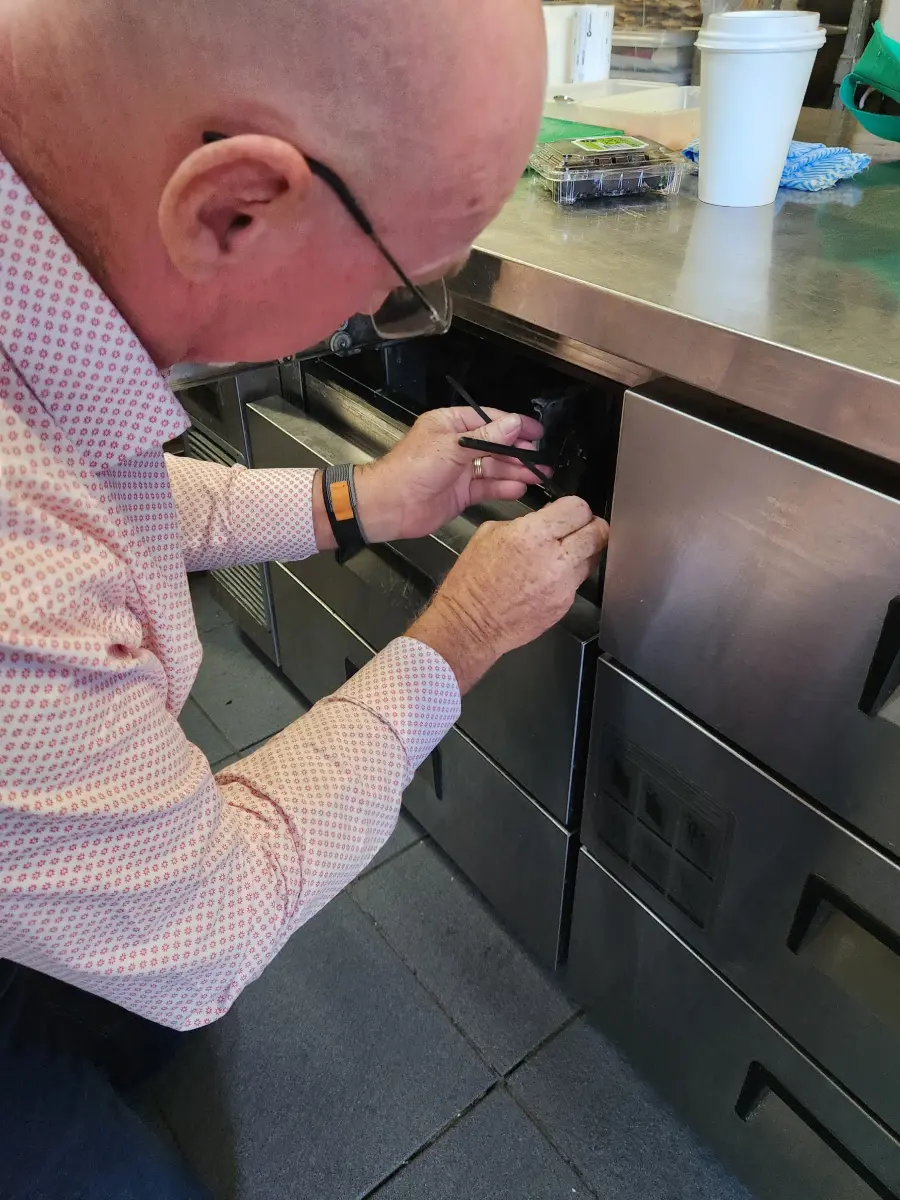
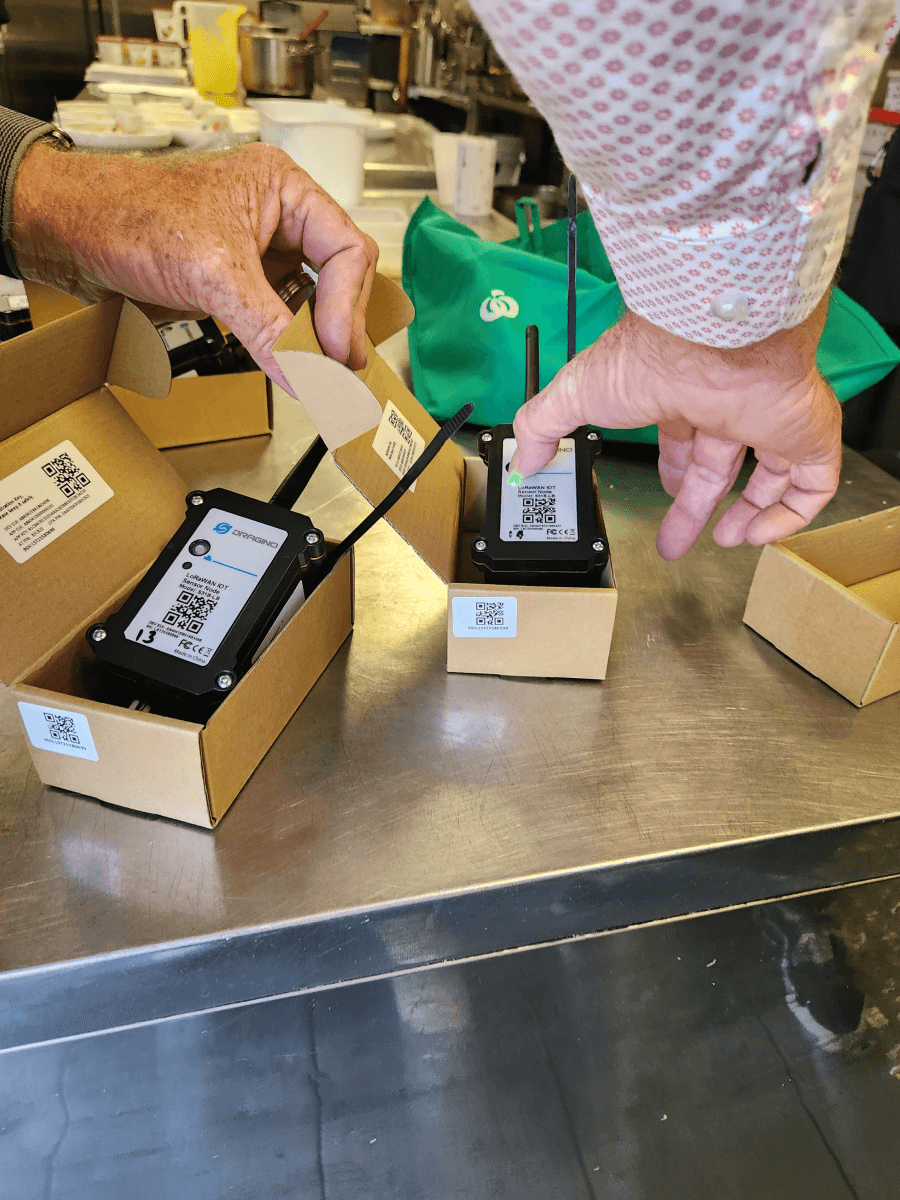
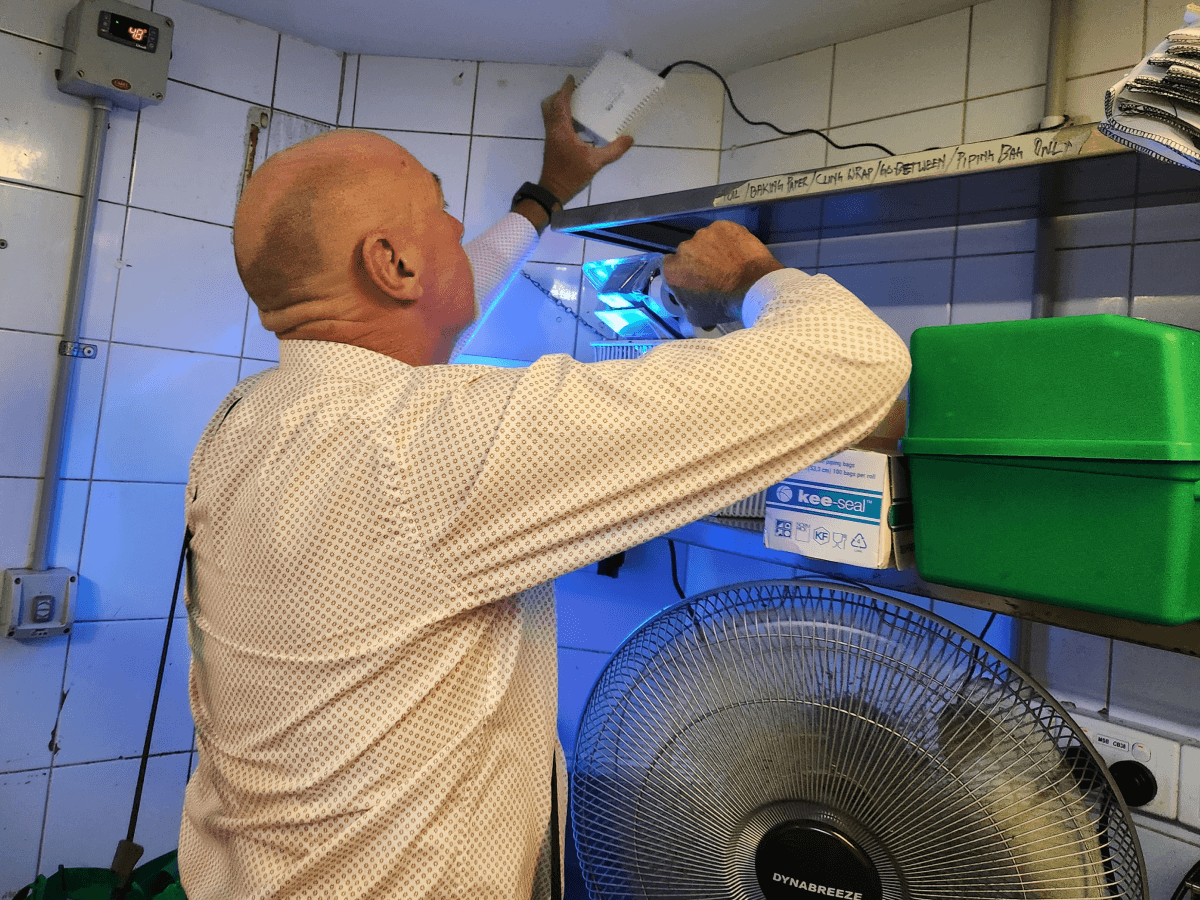






“Everything we’re reporting on is exported and sent to the board meeting and the CEO. All we’re getting is a thumbs up – so the platform’s working.”
Better ways of working don’t happen overnight – it takes robust systems, plenty of hands-on practice, and a solid amount of training. And no one knows this better than Steven. Rather than the ‘tick and flick’ approach to upskilling teams, he uses SafetyCulture to drive genuine employee development.
For Steven, that calls for a tailored approach. Using Analytics, he gets a clear overview of the knowledge gaps at each site and creates bite-sized training courses in the platform to address them. For instance, if a site wasn’t performing well in injury management, he’d customize a course to help them improve. That’s right, Steven can easily tweak courses on the fly. This sits alongside mandatory onboarding courses and industry-specific courses, like knife handling, so employees have ample opportunity to upskill on their own time.
And employee growth and dedication in these areas don’t go unnoticed. Once completed, these training courses are tied to career progression and company awards as evidence of clear strides toward improvement. TWG workers completed 35,410 lessons in the last year alone and the company saw a 34% decrease in training costs. But if you ask Steven, he’d describe it as priceless.
With a motivated team and seamless system, it looks like TWG has well and truly found its groove. “We can create absolutely anything in this platform,” enthuses Steven. And that flexibility has not only uncovered a better way of working, but unlocked new worlds of opportunity. Their recent contract bids speak for themselves – they’ve won so many they are factoring the SafetyCulture platform and Sensors into all future contracts. Sounds like they’re getting their just desserts!


How Marley Spoon raises the bar on food quality and customer satisfaction by using insights from SafetyCulture (formerly iAuditor) at every step of the meal delivery supply chain.

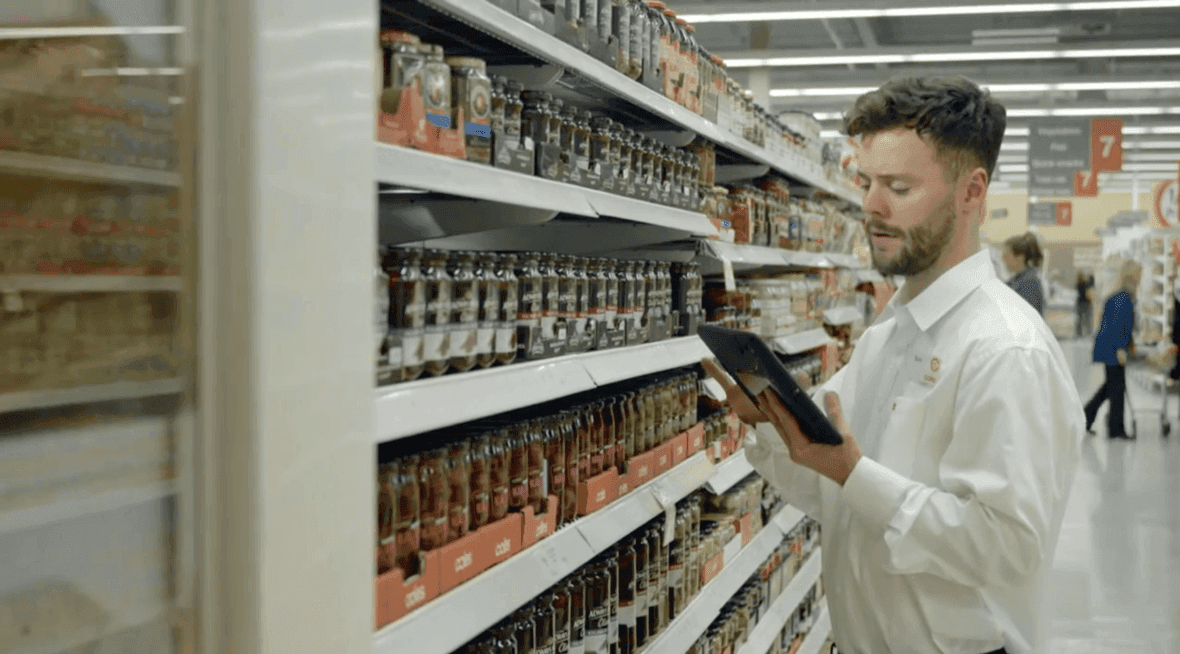
The Australian supermarket giant uses SafetyCulture (formerly iAuditor) to ensure they deliver quality products to their customers.


Infocus specializes in providing food safety management systems for aged care facilities. They use SafetyCulture (formerly iAuditor) to conduct internal kitchen audits and to train staff.
Explore more stories, expert guides, and thought leadership from SafetyCulture